How to Use Framing Techniques in Your Fictional Novel
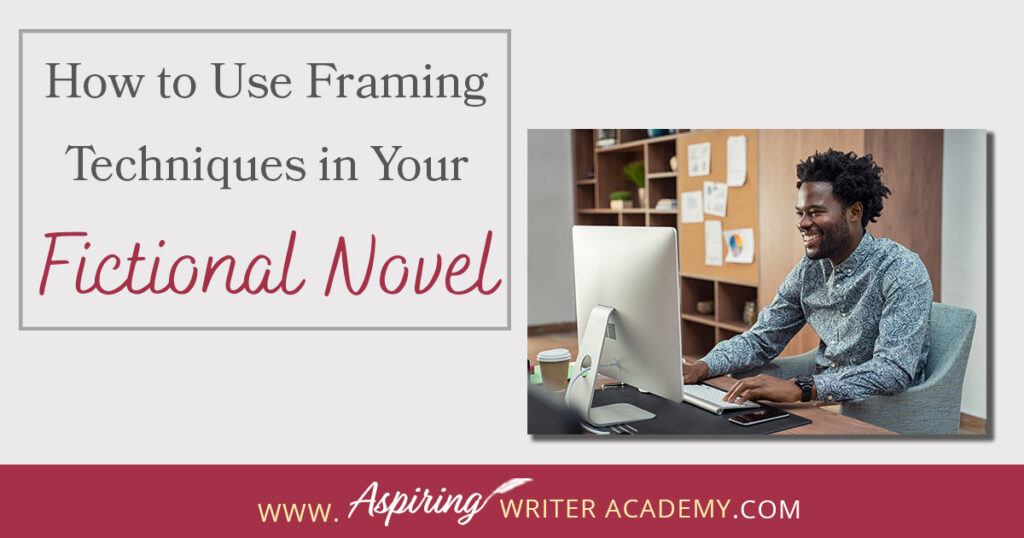
The term ‘Framing’ or using ‘Bookends’ refers to a technique in novel writing where the author creates similar passages at the start and finish of a story, or individual chapter or scene. Similar, but different. It is the tiny changes that give your story that exciting twist, satisfying closure, or added meaning.
In How to Use Framing Technique in Your Fictional Novel, we show you how to use framing on three levels to improve your writing skills, enhance your story, and thrill readers.
1) Framing a Scene
2) Framing a Chapter
3) Framing Your Novel
How Do You Frame a Scene?
There are several reasons why you might choose to ‘frame’ a scene:
- Show a change in the character’s attitude or perspective by mirroring his actions at the beginning and ending of a scene, but with some differences. This allows you to show (active writing) and not tell (passive writing) how the character feels.
Example:
A young woman may enter the bank practically skipping with a bounce in her step. Her excitement is also shown in her smile, her straight posture, the gleam in her eyes because she is certain (or at least hopes) that she will get the bank loan she desires to open a bakery (her heart’s desire).
During the course of the scene, if this character encounters unexpected conflict and is denied the bank loan, you may want to reveal her feelings about that encounter by the way she leaves the bank. Perhaps she walks slowly toward the door with her head down, her shoulders slumped as she fights back tears.
This way you do not have to name the emotion. The contrast between her entering and leaving the bank speaks volumes.
Used sparingly, this framing technique makes your scenes more meaningful. However, you do not want to do this with every scene, or your story will become predictable and monotonous. You need to change it up a bit!
Another way to frame a scene is through dialogue. Your character can say a line at the beginning of the scene and then end the scene with the character saying the same line, only this time it may have a different meaning. Or the same repeated question may receive a different answer. The exchange during the middle of the scene changed either the character or the situation or both.
Example:
At the end of the 1999 movie, Notting Hill, there is a scene where a reporter at a press conference asks Hollywood star, Anna Scott (played by Julia Roberts), “How long are you intending to stay here in Britain?” To which she answers that she is leaving that night.
The middle of the scene shows her banter back and forth with her love interest, William Thacker (played by Hugh Grant). He pretends to be another reporter and publicly asks that if the guy she’s been seen with apologized and begged her to reconsider pursuing a relationship, if she would indeed reconsider? Of course he is talking about himself. He realizes he has made the biggest mistake of his life in letting her go and humbles himself.
Because of William Thacker’s sincerity, Anna has a change of heart at the end of the scene and asks the first reporter to repeat his question, “Anna, how long are you intending to stay here in Britain?” This time, she looks at Thacker and replies, “Indefinitely.”
The enormous smile she gives Thacker changes her entire demeanor so much that the crowd of reporters take notice and realize she’s smiling at Thacker and that he is the love interest in question. The whole mood of the press conference changes and so do the characters in attendance. Cheers erupt, characters smile and kiss one another at the happy conclusion, the resolution gives others hope that their own issues may be resolved. You better believe that the viewer (reader) is smiling too!
When Anna changes her reply to the repeated question, we know that the conflict between the couple has been resolved with an emotional, deeply satisfying conclusion. This particular scene occurs at the end of the story. However, a framed scene can appear anywhere in your manuscript.
- The above example also shows how a framed scene can change the entire mood of the scene. The questioning segment starts out quite somber and ends with excitement.
- You can also use the setting to frame a scene to show what has changed in the landscape.
Example:
If a scene begins with descriptions of a quaint little colorful town inhabited by chattering people and cars and busses whizzing by and then in the middle of the scene a tornado hits, the end of the scene can describe the devastation, the silence in the aftermath where everything is quite still. The contrast paints two pictures for the reader. The before and the after. This ‘bookends’ the scene.
The setting can also be used to frame the mood of the point-of-view character in the scene. If the character walks into a room at the beginning of a scene and is disgusted by the filth and cobwebs she sees and everything that is broken, perhaps the body of the scene helps to change her perspective so that at the end of the scene the character glances around again and sees everything in the room that is still beautiful. The room didn’t change, but the character’s perspective and how he or she sees it changed and how the character views the room shows their perspective is now different.
What is ‘Framing’ in Novel Writing?
The term ‘Framing’ or using ‘Bookends’ refers to a technique in novel writing where the author creates similar passages at the start and finish of a story, or individual chapter or scene.
How Do You Frame a Chapter?
Framing a chapter in your fictional novel is similar to framing a scene. Except a chapter has several scenes that all focus on a related sequence.
Example:
Suppose you have one whole chapter of your novel that focuses on a wedding. All the scenes in that chapter will be wedding related. To show change in the setting, the situation, or the characters, you may choose to frame this chapter using action, dialogue, or the mood or setting.
The bride-to-be may gaze lovingly at her diamond engagement ring on her finger at the beginning of the chapter. Throughout the chapter you may have several scenes that lead the bride-to-be to discover her fiancé has cheated on her. To frame this chapter and emphasize the mood and emotion of the character and devastation of what has happened, you may have the bride-to-be gaze once again at the diamond ring on her finger at the end of the chapter, except this time a tear rolls down her cheek. This repetitive action of looking at the ring frames the chapter and is significant to the story and the reader.
- What change in the story or the character or the setting would you like to convey?
- What is the best way to show this change? Is there a particular object or dialogue phrase or action that can be slightly altered when repeated at the end of the chapter?
- How can you make the framed repetition of the first and last segments of the chapter matter more? How can you make it even more emotional and impactful?
Example:
Can the villain say something at the beginning of the chapter that the main character assumes has no consequence? “Don’t worry, I’ll take care of you.”
And then if the villain repeats that same line to the character at the end of the chapter after clues or terrible things have been discovered, the line “Don’t worry, I’ll take care of you” can take on a whole new meaning. The main character may now be scared for her life!
- Most importantly, if you use similar passages at the beginning and end of your chapter to frame (surround on either end) the scenes within the chapter, how will it move the story forward?
How Do You Frame a Novel?
As you may have guessed by now, a framed novel has similar passages at the beginning and end of the story. With alterations of course, to show the change in the characters and their situations. Yes, every story should contain change. The characters should grow and evolve as they struggle to overcome the opposition preventing them from achieving their goals.
You may hear writing gurus say, “You find the end in your story’s beginning.” Or vice versa.
The character change can be referred to as a ‘character arc.’
If the character cannot trust anyone or forgive someone at the beginning of the novel, the end can show that the events of the plot helped the character change so that the character can trust or forgive that person at the end of the story.
Or perhaps the main character will need to overcome a weakness, personality flaw, or learn a new skill in order to defeat the antagonist at the end of the story.
- At the beginning of the story and at the end, show the before and after.
What will this character have to learn?
Example:
At the beginning of my first novel, Bet You’ll Marry Me, my heroine is infuriated when she discovers that the men in the café are all betting on who she will marry because they think marriage to someone of wealth is the only way she will be able to save her beloved ranch.
The heroine, Jenny O’Brien, who does not believe marriage is the solution to her problems, charges into room swinging a broomstick and informs them that she is betting on herself. When they refuse to let her partake in the betting, she angrily spats, “There isn’t anyone here who can get me to marry!”
Then a handsome stranger, whom she has never seen before steps up and boldly bets her $10,000. that she will marry him within sixty days. The rest of the story is a battle of resolve and undisclosed secrets which unravel a dangerous conspiracy that places them all in danger.
At the end of the story, I used the framing technique to mirror the scene at the beginning of the novel with all the same people in the café once again placing last bets on who they think will win: Jenny or the stranger (Nick Chandler.) Except this time, due to unfolding events and the belief that he betrayed her, Nick’s confidence is at an all-time low. He tells the crowd, “There’s no way Jenny will marry me now.”
However, the story events changed Jenny from who she was at the beginning, and when she makes her way into the café at the end, mostly unseen this time, she shows that change when she boldly responds, “Ten thousand dollars says she will.” This is a switch/reversal of their roles from the beginning scene.
Framing a story in this way brings the book full circle. The ending is satisfying because the reader went on the journey with the characters as they fought and struggled to come around to this resolution. The ending is unexpected but feels right at the same time because of the framing technique. What can the characters now do that they couldn’t do before?
At the beginning and ending of the trilogy, “The Lord of the Rings,” the hobbits are in their home turf of the Shire. The Shire hasn’t changed since the four friends went off on their epic adventure, the townspeople and the landscape are the same. But the hobbits have changed. The change is shown by how they now interact differently with their environment. They sit up higher, straighter, with more confidence, they have wealth, and more courage, as seen when Sam finally takes action to win the heart of his love interest, Rosie, (whom he marries in the next scene.) The journey changed the characters and the framing of the story shows that change.
- Another way to frame a novel is to tell a story that is surrounded by a secondary story. This technique is seen in both films, “The Notebook” (2004 movie based on novel written by Nicholas Sparks), and the 1997 movie, “Titanic” written and directed by James Cameron. In both stories, the elderly characters are retelling others a story from their youth. This framing technique features a story within a story.
The elderly characters begin and end the stories and often interrupt the “story of their youth” to insert a few added bits and pieces and remind the viewer/reader from time to time that this is a retelling of what had once happened.
The “story of their youth” takes up the most page time and is the more riveting of the two stories (more action-packed) but it can have a profound impact on the characters in real time during the retelling. The characters are changed in both layers of the story by the novel’s end.
How do you know when you should consider using ‘Framing’ techniques or ‘Bookends’ in your story?
Not every story, and certainly not every chapter or scene in your novel should use the framing technique. First, learn the various ways framing can be used, study examples in screenplays/films and novels, then look at your story and ask yourself:
Would the ‘Framing Technique’ help make the beginning and ending of my story stronger? More powerful? More meaningful? Would it add depth to a particular scene or chapter? Would the action in the passages, slightly altered in the second from the first, show instead of tell that a character has changed his perspective? Or that his situation is now different? Is this the best way to start and end the story, chapter, or scene or would another way be better?
When writing a novel, an author has to make a million choices and each choice can alter the story, spinning it into a different direction. Ponder different options and choose which one you believe creates a better story.
We hope that How to Use Framing Techniques in Your Fictional Novel has helped you discover new ways of formatting your story to pack in more punch, give it a satisfying closure, and add meaning to your scenes, chapters, and story as a whole.
If you have any questions or would like to leave a comment below, we would love to hear from you!
We Believe All Authors Can Aspire to Take Their Writing to the Next Level!
If you like more help developing your story, you may wish to download our Free Brainstorming Your Story Idea Worksheet
Do you find it difficult to create compelling antagonists and villains for your stories? Do your villains feel cartoonish and unbelievable? Do they lack motivation or a specific game plan? Discover the secrets to crafting villains that will stick with your readers long after they finish your story, with our How to Create Antagonists & Villains Workbook.
This 32-page instructional workbook is packed with valuable fill-in-the-blank templates and practical advice to help you create memorable and effective antagonists and villains. Whether you're a seasoned writer or just starting out, this workbook will take your writing to the next level.
Our Goal for Aspiring Writer Academy is to help people learn how to write quality fiction, teach them to publish and promote their work, and to give them the necessary tools to pursue a writing career.

ENTER YOUR EMAIL BELOW
TO GET YOUR FREE
"Brainstorming Your Story Idea Worksheet"
7 easy fill-in-the-blank pages,
+ 2 bonus pages filled with additional story examples.
A valuable tool to develop story plots again and again.
Other Blog Posts You May Like
How to Write a Novel with the W-Plot Template
How to Use Themes in Your Fictional Story
Fiction Writing: What is a Pinch Point?
7 Tips for Writing a Story Synopsis
Fiction Writing: What is the ‘Black Moment?’
Fiction Writing: What is the ‘Man in the Mirror Moment?’
Fiction Writing: What is a Plot Hole?
How to Write Act III and Finish Your Fictional Story in 5 Steps
Structuring Act II (Part 2) for Maximum Impact: How to Keep Readers Engaged
Structuring Act II (Part 1) for Maximum Impact: How to Keep Readers Engaged
How to Use Setting to Intensify Your Fictional Scenes
How to Manipulate Pacing to Increase the Intensity of Your Scenes in a Fictional Novel
How to Brainstorm a New Novel Using Goal, Motivation, and Conflict
Fiction Writing: How to Plot a Story where the Antagonist is an ‘Invisible Foe’
Fiction Writing: Create a Storyboard to Map Out Your Scenes
3 Ways to Avoid Writing ‘Episodic’ Scenes in Fiction
How to Write Act I: Opening Scenes for Your Fictional Story
Brainstorming Fiction: What to Do When Your Story Gets “Stuck”
How to Plot Your Fictional Novel (with Free Template Included)
5 Questions to Create Believable Villains
Why Your Characters Need Story-Worthy Goals
How to Captivate Your Readers with Scene-Ending Hooks
Scene & Sequel: The Secret to Plotting an Epic Novel (Part 2)

is a multi-published author, speaker, and writing coach. She writes sweet contemporary, inspirational, and historical romance and loves teaching aspiring writers how to write quality fiction. Read her inspiring story of how she published her first book and launched a successful writing career.

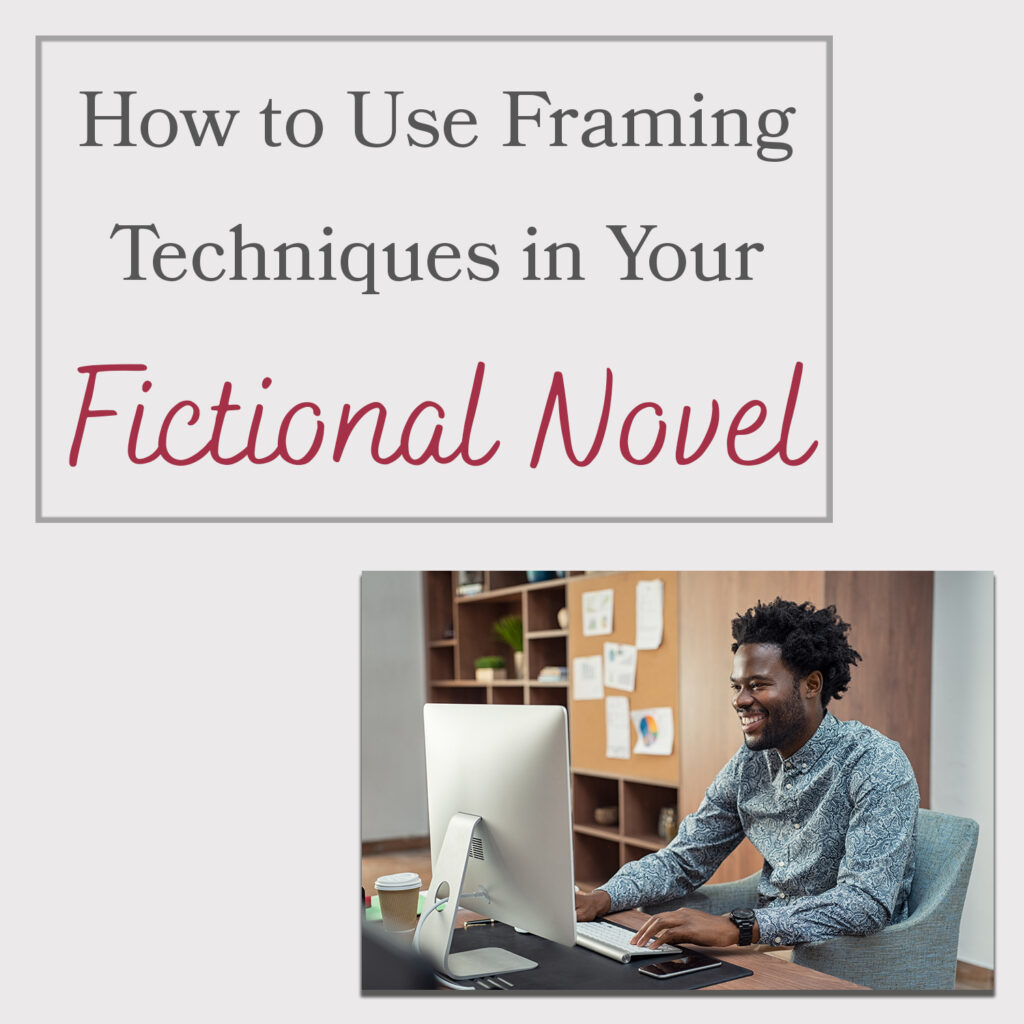
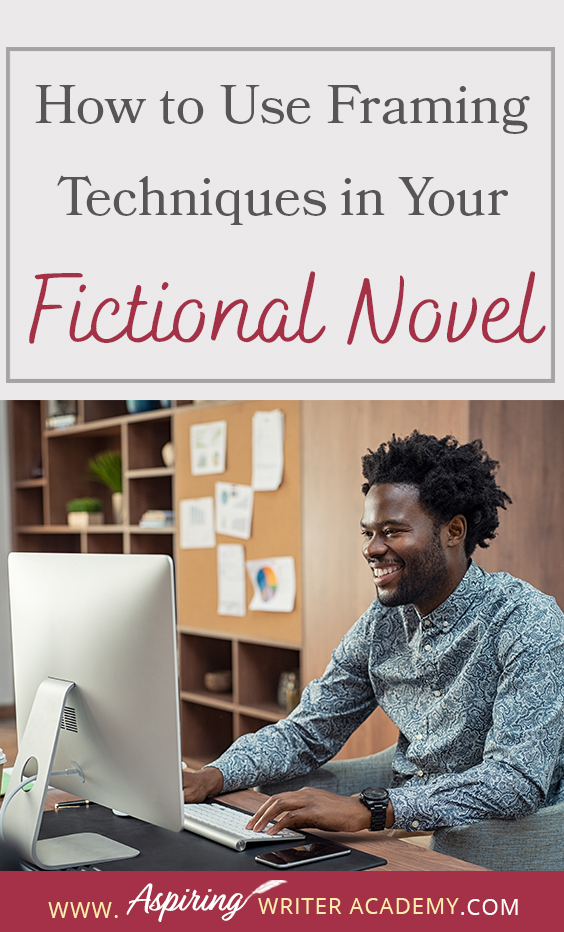
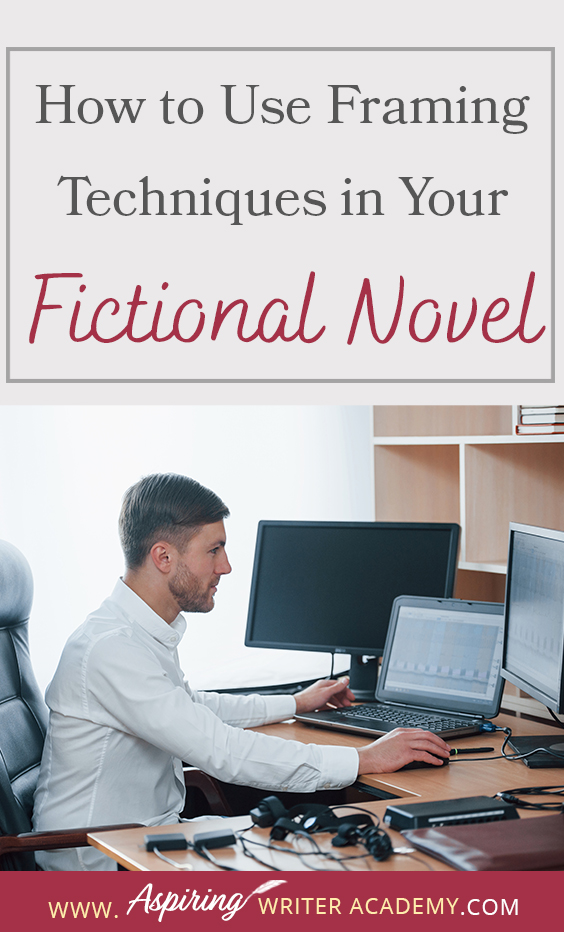
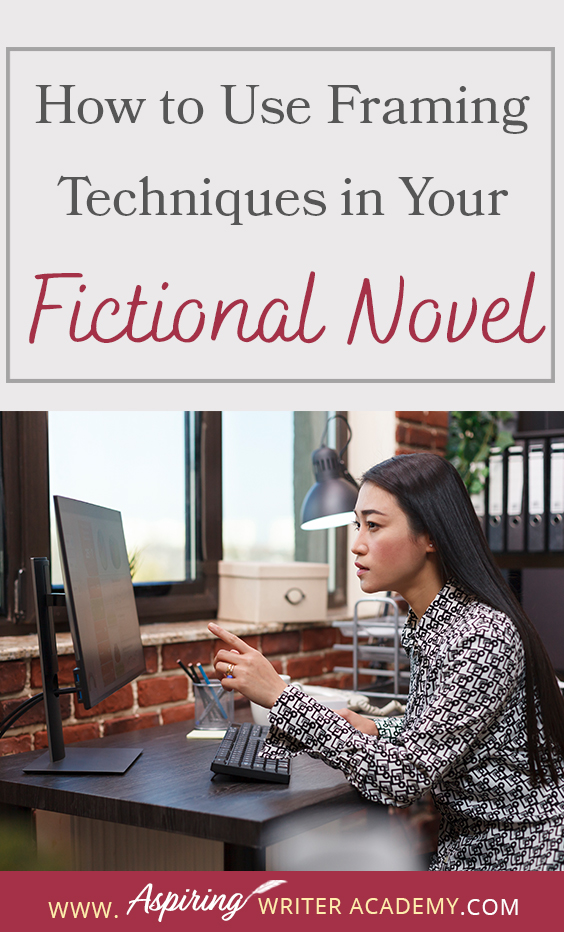
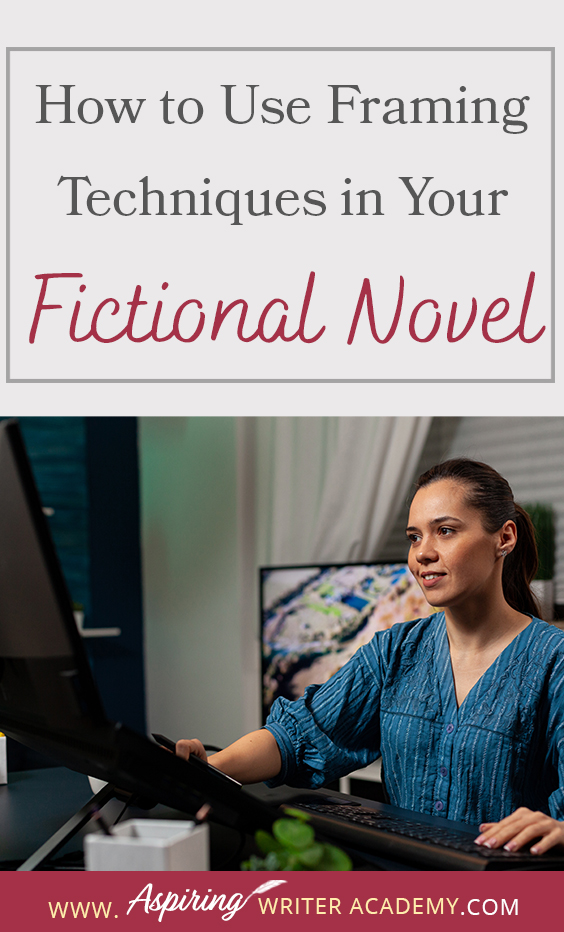
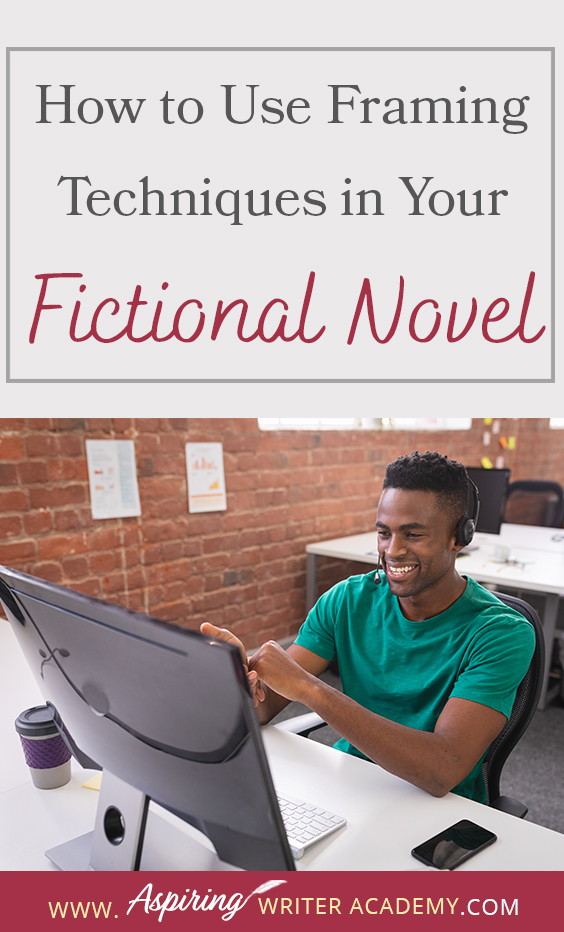
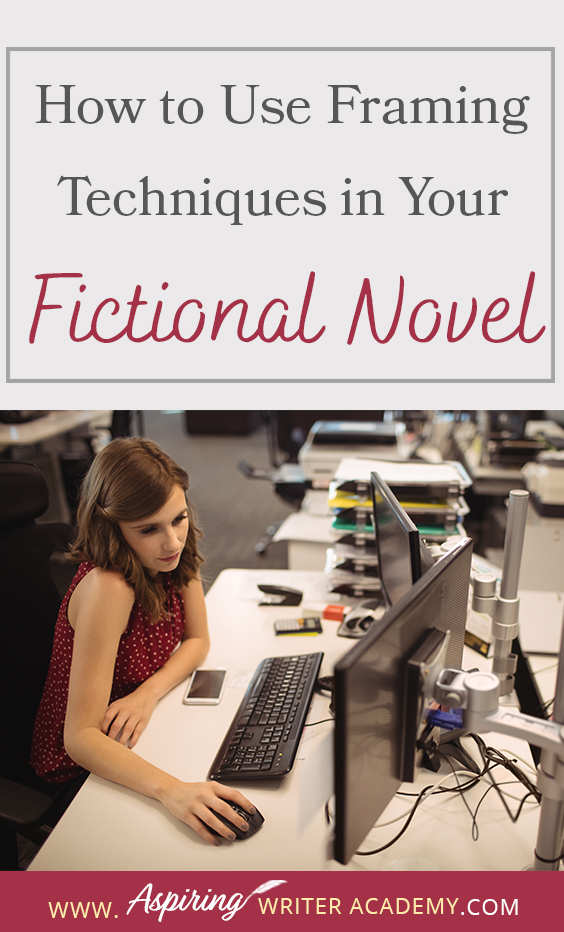
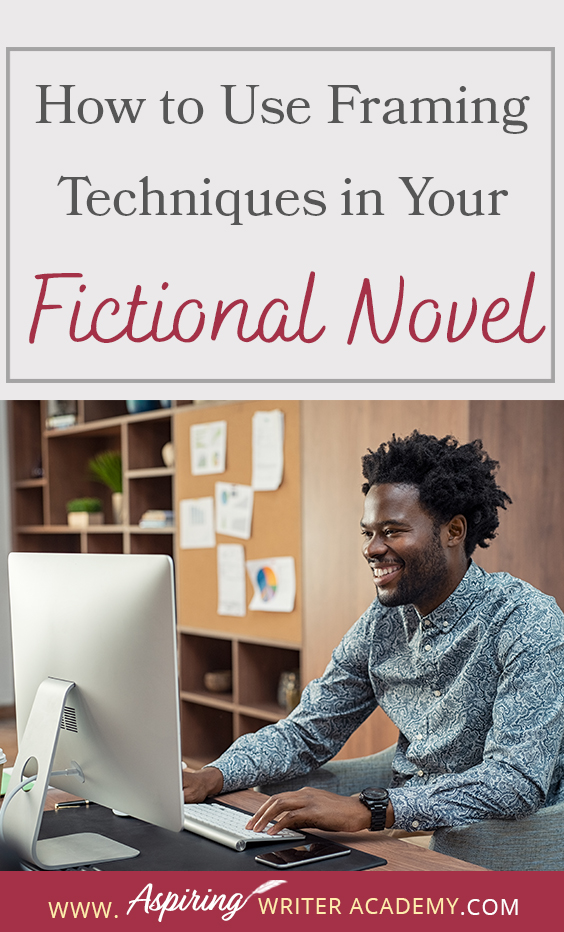
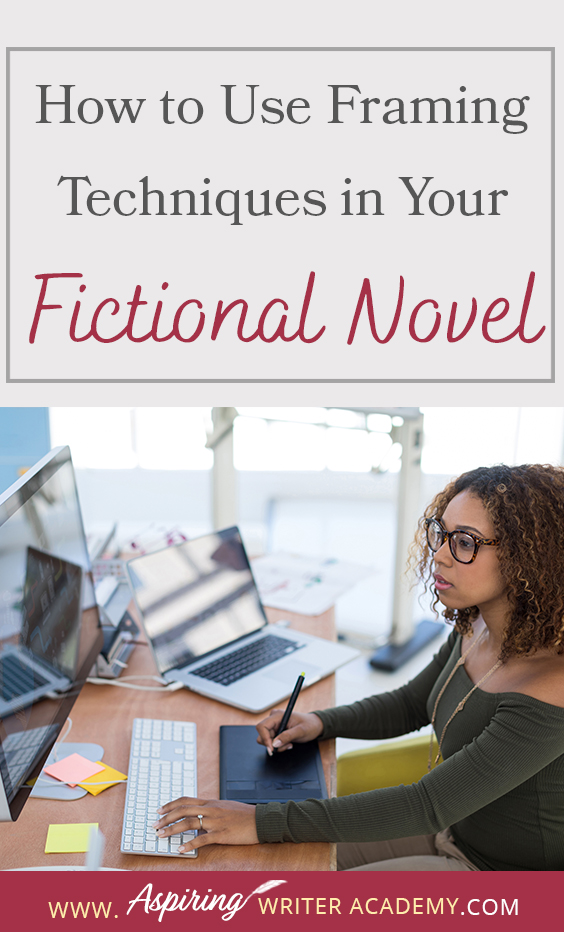
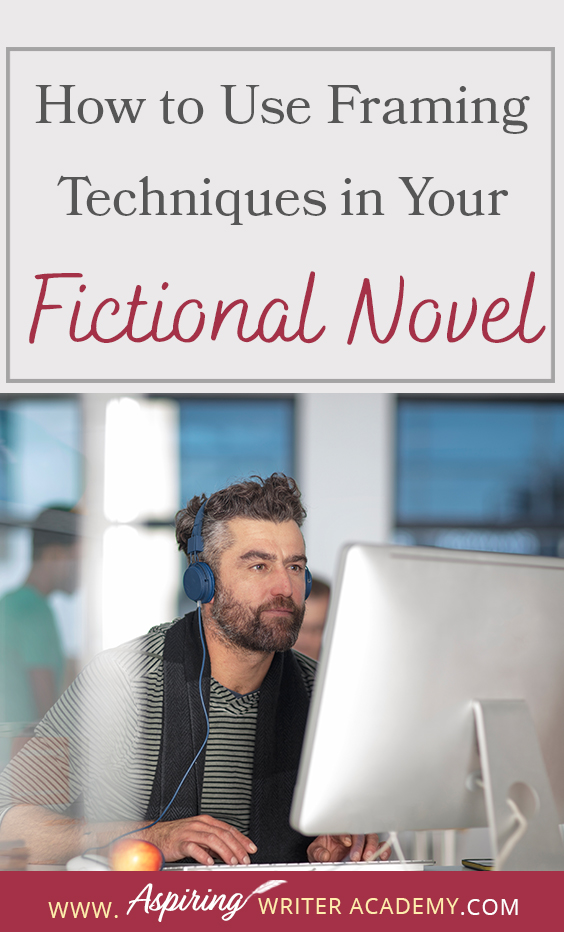
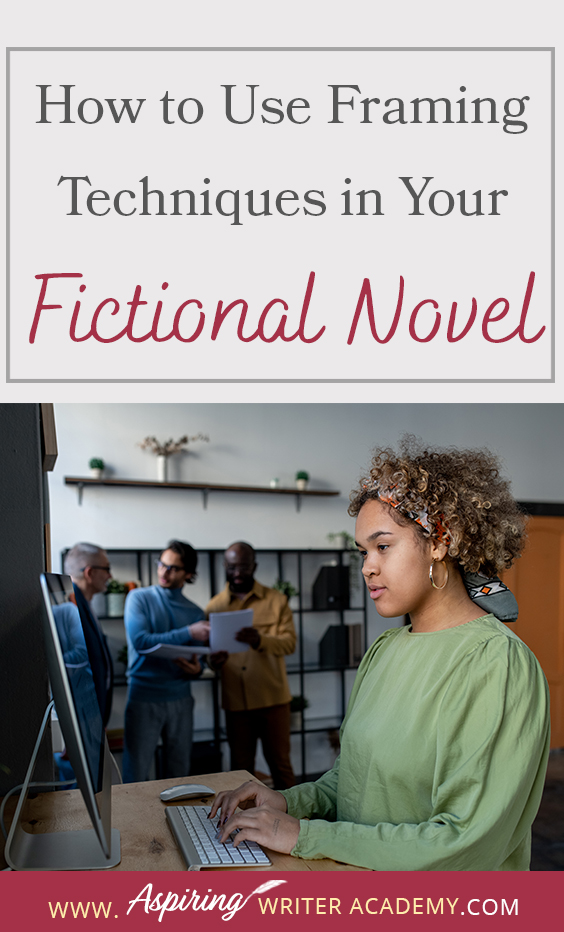
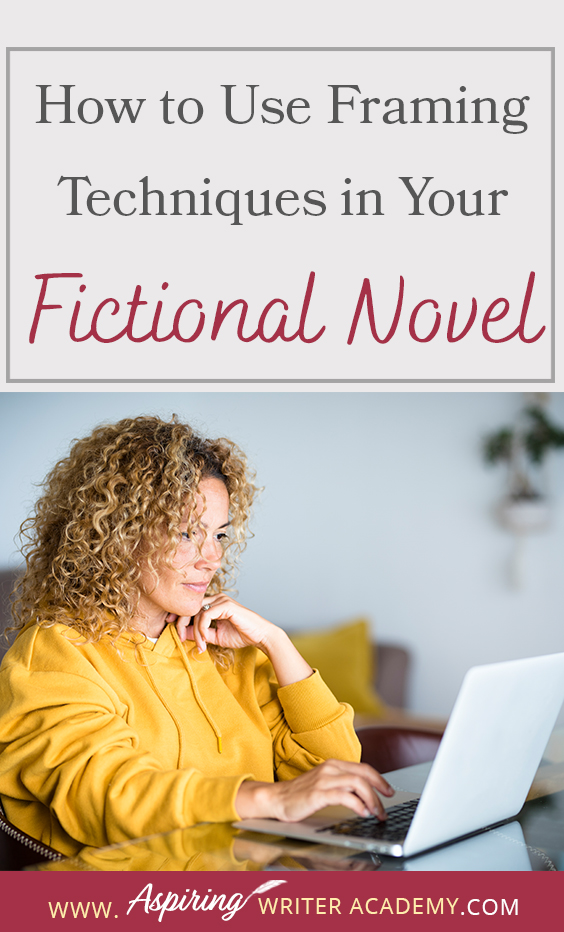

















Your examples are always well chosen, clearly illustrating the highlighted writing aspect you’ve chosen to describe. Thank you for all you and Samantha share with your readers.
Hi Julie! Thank you for the nice compliments. We are so pleased that you find the blog posts helpful. It means a lot to us to know that we are producing content that can help our writers improve their skills and knowledge. Your feedback is much appreciated! Wishing you the best!